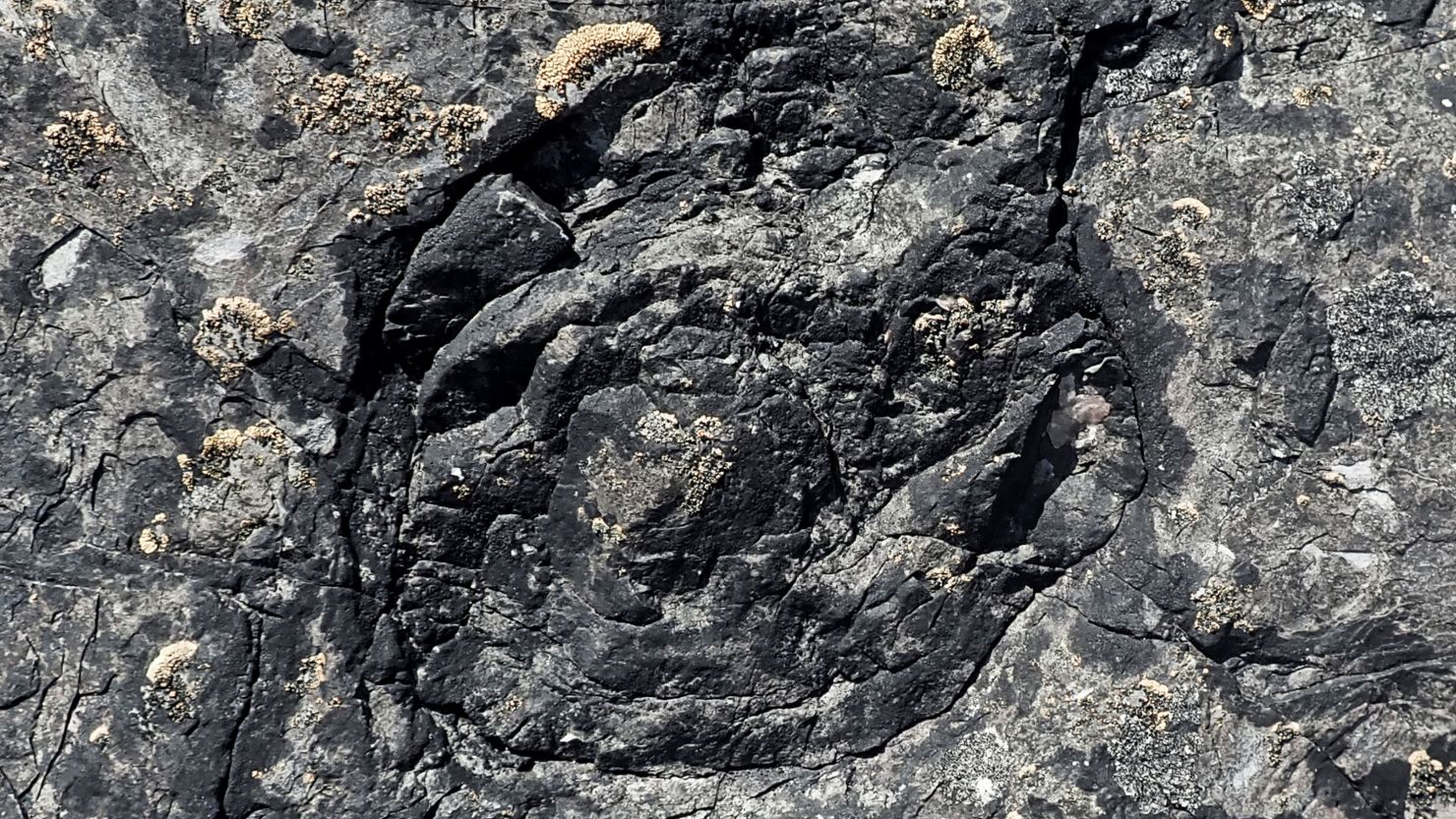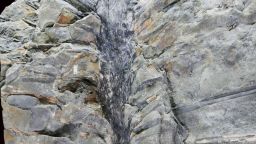Scientists working in southwest England have found the oldest fossilized forest known on Earth, according to a new study.
Dating back 390 million years, the fossils break the record held by a forest in New York state by 4 million years, reads a press release from the University of Cambridge published Thursday.
The fossils were found in high sandstone cliffs on the southern side of the Bristol Channel near Minehead, close to the site of a holiday park.
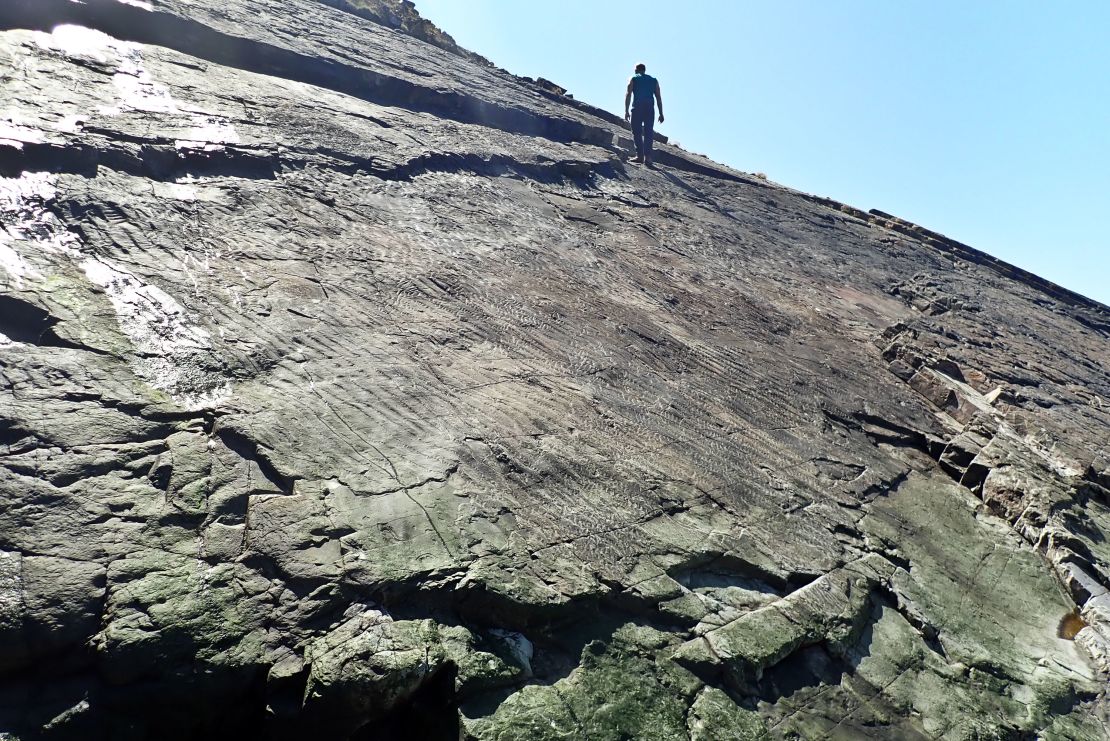
The trees, known as Calamophyton, look fairly similar to palm trees but had thin, hollow trunks. They didn’t have any leaves, but had twig-like structures covering their branches, study first author Neil Davies, a lecturer at the University of Cambridge’s Earth Sciences department, told CNN Thursday.
They would reach up to 2-4 meters (6.6-13.1 feet) tall and shed branches as they grew.
The forest dates from the Devonian Period, 419 million to 358 million years ago, when life was moving onto land.

The trees would have trapped sediment in their root systems, stabilizing riverbanks and coastlines, Davies explained.
“In doing so they are corralling water in certain locations and making these small channels,” he said. “They’re basically building the environment they want to live in rather than being passive.”
The findings also reveal the speed with which early forests developed, said Davies.
While the fossils in England are from a sparse forest with just one type of tree, the previous oldest forest in New York state had more variety of species, such as vine-like trees that grew on the ground, despite living just 4 million years later, he explained.
“By comparing the Somerset flora with the New York flora you really see how rapidly things changed in terms of geological time,” said Davies.
“Within a kind of geological blink of the eye you’ve got a lot more variety,” he added.
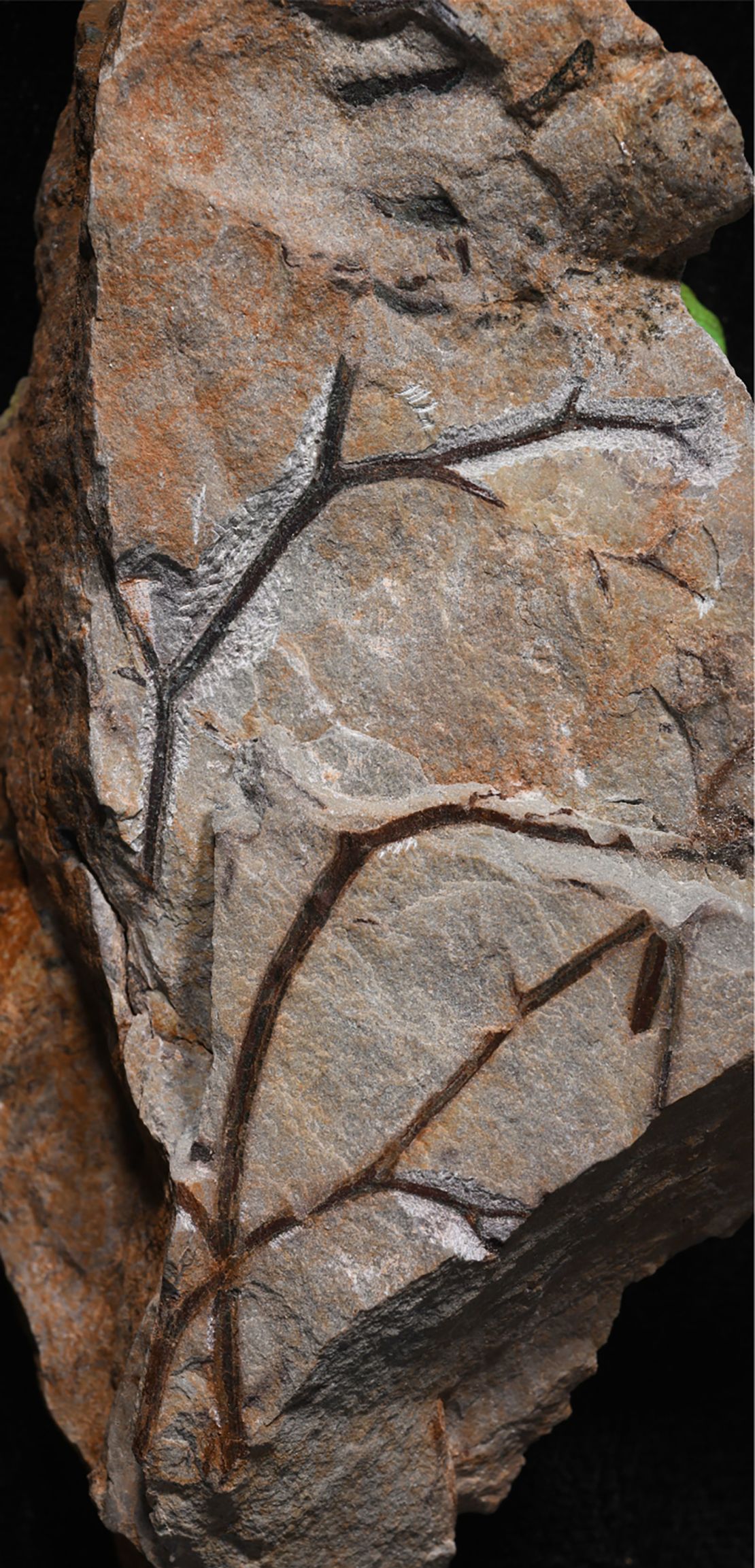
The trees also provided a habitat for invertebrates living on the forest floor thanks to the twigs that would drop on the ground.
The team found evidence of footprints and tail drags left by these early anthropods, said Davies.
While scientists don’t know exactly what they were due to a lack of physical remains, the largest ones were around 5-10 centimeters (2-4 inches) wide, said Davies. “They’re sizeable,” he added.
The team also found evidence that the arthropods would bury themselves in the sediment on the forest floor to prevent themselves drying out in the very warm, semi-arid climate, said Davies.
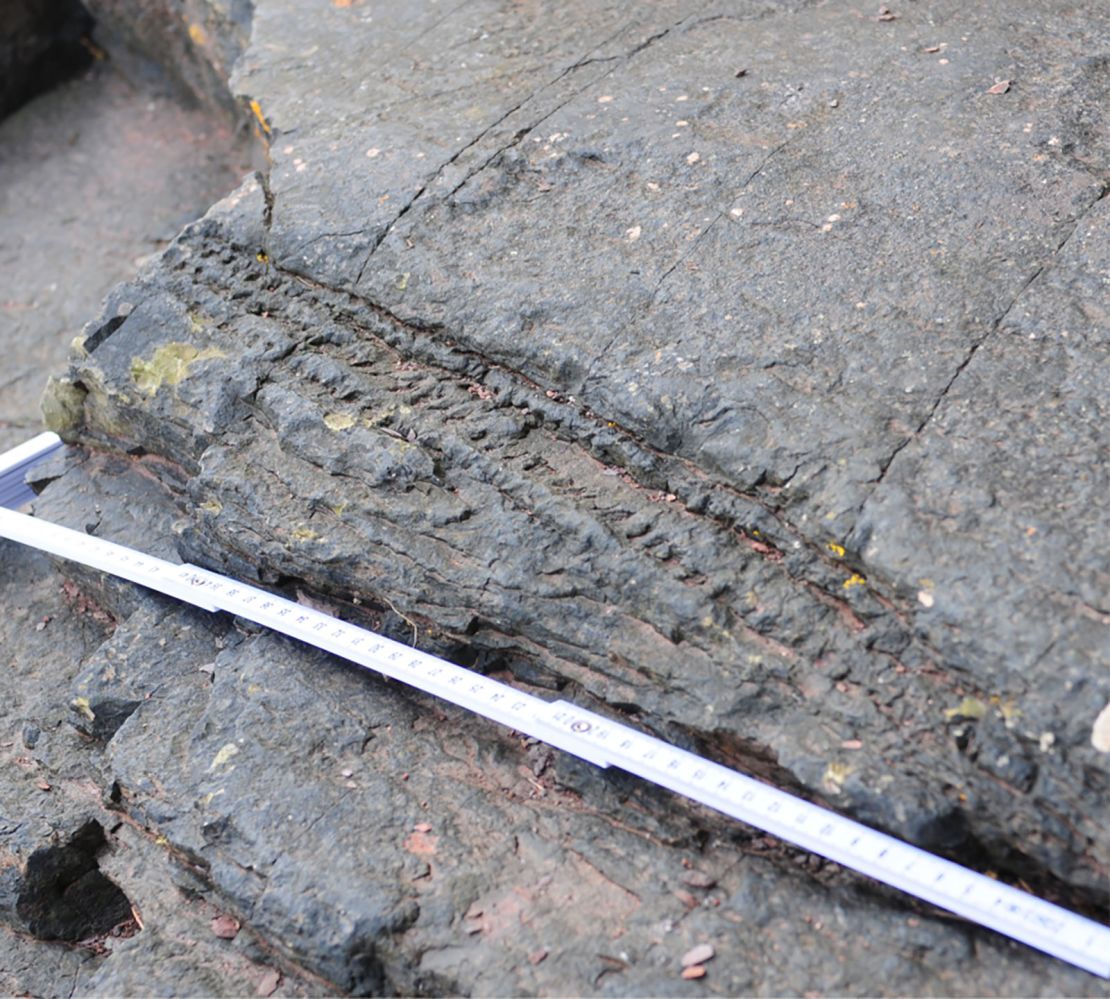
At the time, the cliffs where the fossils were found, known as the Hangman Sandstone Formation, were connected to parts of what is now Germany and Belgium, rather than England.
Similar fossils from pieces of wood washed out to sea have been found in these areas, which helped study co-author Christopher Berry, a palaeobotanist at Cardiff University’s School of Earth and Environmental Sciences, identify the fossils found in England.
“It was amazing to see them so near to home. But the most revealing insight comes from seeing, for the first time, these trees in the positions where they grew,” he said in the release.
“It is our first opportunity to look directly at the ecology of this earliest type of forest, to interpret the environment in which Calamophyton trees were growing, and to evaluate their impact on the sedimentary system.”
None of this would have been possible without a huge stroke of luck, said Davies.
“These were fortuitous findings,” he said, explaining that the team were in the area to investigate its general geology and had sat down for lunch in a field when they spotted the fossils.
“We were surprised to find the forest because it’s a part of the world that has been looked at quite extensively and no one’s ever found these things,” he said.
The study was published in the Journal of the Geological Society.
Sign up for CNN’s Wonder Theory science newsletter. Explore the universe with news on fascinating discoveries, scientific advancements and more.


